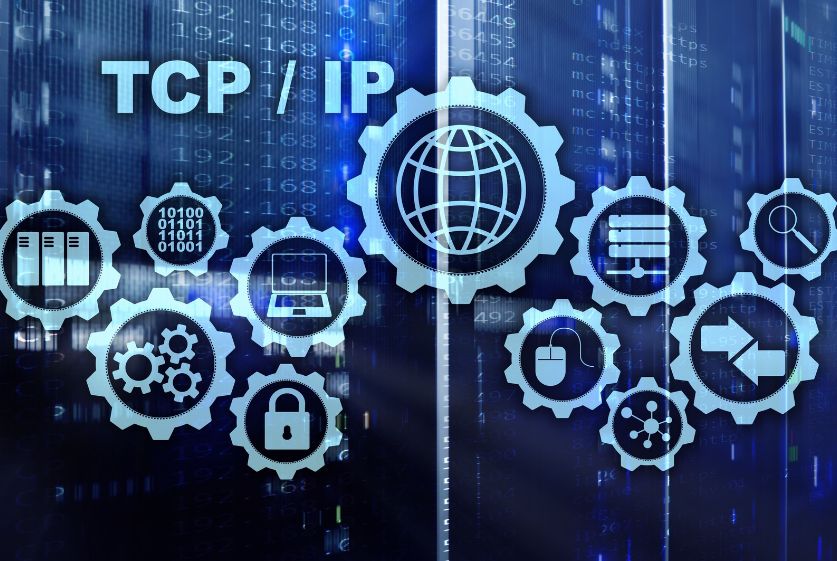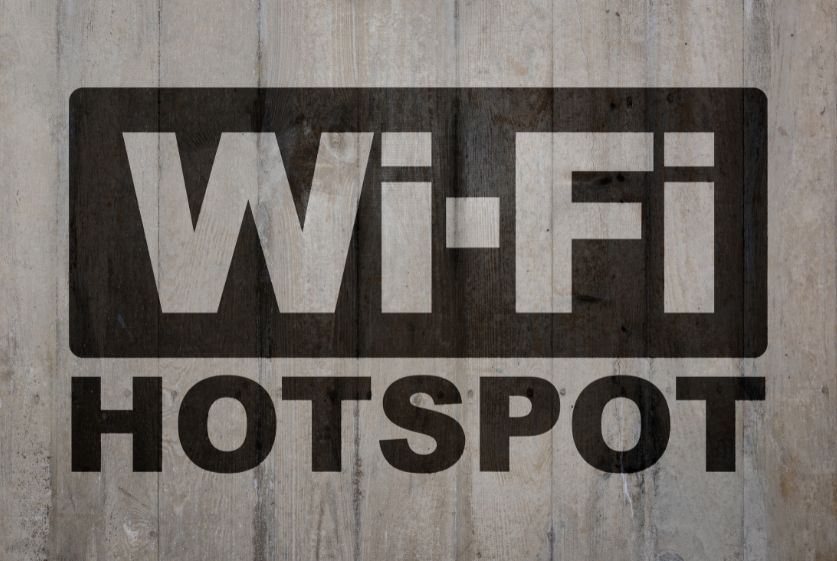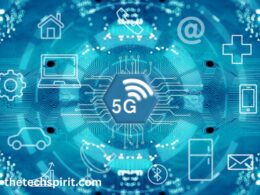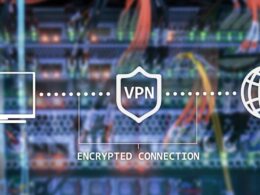Table of Contents
The Advent of the Internet
The Internet is an expansive worldwide system of computer networks that allows various devices to connect and exchange information. The early beginnings of the Internet trace back to the 1960s, when the need for effective communication and data transfer between computers was realized.

ARPANET – The Beginning
In 1969, the development of the Advanced Research Projects Agency Network (ARPANET) marked a pioneering development in the history of the Internet. ARPANET established a network between multiple universities and research institutions using telephone lines. This allowed the exchange of data quickly and efficiently.
Growth of the Early Internet
From the 1970s to the 1980s, various networks emerged across educational and research institutions to share information globally. The establishment of Transmission Control Protocol and Internet Protocol (TCP/IP) in 1983 allowed diverse networks to communicate on a common platform. This interconnection of networks laid the foundation of the Internet that we know today.
Key Components of the Internet
Some key technological achievements form the backbone of our Internet connection.
TCP/IP Protocol
The TCP/IP Protocol enables communication and data transfer between remotely connected devices on the Internet. TCP handles assembling messages or data into packets and reassembling them on receiving devices while IP handles addressing and routing functions.

Domain Name System (DNS)
The DNS translates domain names that we type on web browsers to machine IP addresses. This allows access to websites without the need to remember numeric IP addresses.
Routers and Servers
Routers forward data packets between computer networks via the TCP/IP protocol. Servers store webpages, email data, etc. Servers also handle requests and transfers of these resources to clients.
Accessing the Internet
There are various mediums to connect to the global Internet network in today’s digitally-driven lifestyle.
Home and Business Internet Connections
Home users typically use cable, DSL, or fiber optic connections via Internet Service Providers. Businesses have dedicated high bandwidth leased line connections.
Wi-Fi Hotspots
Public places like cafes usually have a Wi-Fi hotspot that allows Internet access via wireless network technology. This uses radio frequency bands for high-speed connectivity.

Mobile Data Networks
Cellular network technology enables mobile devices like phones and tablets to connect to the Internet. Popular networks include 4G, 3G, and the emerging high-speed 5G networks.
Capabilities and Services
Once connected to the Internet, there is a vast wealth of capabilities it enables.
The World Wide Web
The World Wide Web (www) allows access to websites and web pages stored on remote servers using the Hypertext Transfer Protocol or HTTP.
HTTP also enables linking different web pages via hyperlinks.
The email protocol enables the exchange of electronic mail messages between servers. Users connect to email service providers through Email client software like MS Outlook, Gmail, or Yahoo.
File Sharing
Peer-to-peer (P2P) networks enable direct connections between users for file-sharing networks. Servers such as FTP servers allow users to upload and download files.

Video Conferencing
Skype, WebEx, Zoom, and Google Meet are some of the widely used tools that enable real-time video and audio conferencing via the Internet.
Voice over IP (VoIP)
VoIP provides infrastructure like IP-PBX to communicate real-time voice conversations over Internet data networks.
Evolution and Advances
Powered by state-of-the-art infrastructure, the Internet has evolved tremendously over the past decades.
Increasing Speed and Bandwidth
With technological advances like optical fiber cables, 4G, and 5G networks, modern networks support extremely high-speed data traffic with decreased latency.
Cloud Computing
Cloud Computing involves high-scale data processing and storage in remotely hosted cloud servers with access to the Internet. This is a scalable and cost-saving structure.

Internet of Things (IoT)
The IoT connects sensors, cameras, vehicles, and smart appliances with data-sharing capabilities over the Internet. This automates homes, factories, and cities.
Web 3.0
Web 3.0 will evolve Internet interactions to intelligent levels with semantic webs, natural language processing, 3D displays, and the evolution of virtual worlds.
Challenges and Issues: Worldwide System of Computer Networks
Despite its perks, the Internet also faces its share of challenges.
Cybersecurity Threats
With increasing digitization, the threat of cyber attacks like hacking, phishing, and malware has also exponentially increased. Stringent cybersecurity policies need implementation for a safer Internet.

Censorship and Monitoring
Internet censorship and surveillance policies enforced by countries like China and Russia limit freedom and access to information for citizens. There are grave concerns regarding privacy and exploitation of user data.
Digital Divide
The term “digital divide” refers to the gap between demographics that have access to modern Information and Communications Technology versus the ones with limited or no access. Steps have to be taken to make Internet accessibility more equitable.
Conclusion
The Internet has evolved from a military research network to a worldwide system powering key aspects of the modern human lifestyle like communication, business, education, and entertainment.
Today the Internet infuses countless aspects of life. As with any technology, while it augments our capabilities tremendously, conscious steps also need to be organized to develop this global system responsibly and ethically.
FAQs
What are the key milestones in the history of the Internet?
The development of ARPANET in 1969 and the TCP/IP protocol in 1983 were pioneering steps. Commercialization in 1995 made the Internet more accessible publicly. Later, mobile data networks and fiber optics made the Internet faster.
What hardware components power the Internet?
Servers and data centers host websites and store data. Routers connect and direct traffic between networks. Connectivity channels like fiber, phone lines, cellular towers, and satellites connect devices.
How does the Internet work?
The Internet works using a layered protocol of application, transport, and internetworking layers. The TCP/IP protocol routes packets of data between devices on different networks across the world.
What technological advances transformed the Internet?
High-speed optical fiber cables increased bandwidth significantly. Mobile data networks made Internet connectivity portable. AI and ML have allowed more efficient data processes. Emerging 5G networks will transform capacities.
What is the future of the Internet?
Experts predict the Internet will become exponentially faster with higher bandwidth. It will evolve to power smart self-driven vehicles, automated homes, smart cities, virtual spaces, and other advanced integrated systems.









